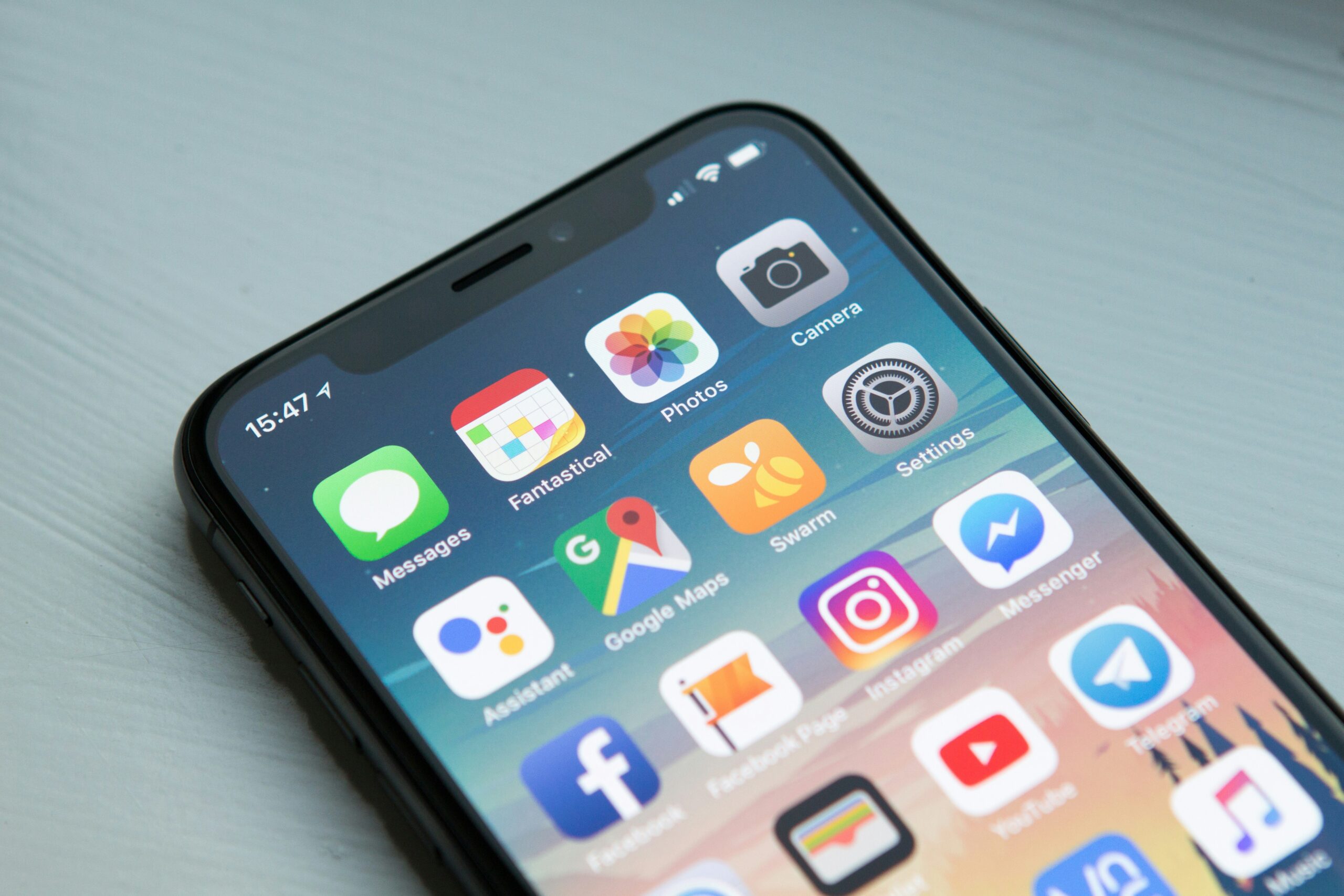Introduction
In today’s digital age, mobile applications have become an integral part of our lives. From social media to e-commerce, we rely on mobile apps for various tasks. As a result, it has become crucial for app developers to prioritize user interface (UI) and user experience (UX) to ensure that their apps are engaging, intuitive, and user-friendly. In this blog post, we will discuss some effective strategies for optimizing mobile experiences through UI/UX design.
1. Understand Your Target Audience
Before diving into the UI/UX design process, it is essential to understand your target audience. Conduct thorough research to identify their preferences, needs, and pain points. By gaining insights into your users’ behavior and expectations, you can tailor your app’s design and features to meet their specific requirements. This step will lay the foundation for creating a user-centric app.
2. Simplify Navigation
One of the key aspects of a good mobile app UI/UX design is intuitive navigation. Users should be able to navigate through the app effortlessly and find what they are looking for without any confusion. Keep the navigation simple and organized, using familiar icons and gestures. Avoid cluttering the interface with too many options or hidden menus. Clear and concise labels will help users understand the purpose of each section and enhance their overall experience.
3. Consistent Branding
Maintaining consistent branding throughout your app is crucial for creating a cohesive and recognizable user experience. Use your brand’s colors, typography, and logo consistently across all screens and elements. This will not only create a visually appealing app but also reinforce your brand identity in the minds of your users. Consistent branding helps build trust and familiarity, making users more likely to engage with your app and become loyal customers.
4. Responsive Design
With the increasing variety of mobile devices and screen sizes, it is essential to ensure that your app is responsive and adaptable to different screen resolutions. Responsive design allows your app to adjust its layout and content dynamically, providing users with an optimal viewing experience on any device. This approach eliminates the need for users to zoom in or scroll excessively, improving usability and reducing frustration.
5. Optimize Performance
A slow and laggy app can quickly turn users away. Optimize your app’s performance by minimizing loading times, reducing the app’s size, and optimizing images and other media files. Implement caching mechanisms to store frequently accessed data locally, reducing the need for repeated network requests. Regularly test your app on different devices and operating systems to ensure smooth performance across the board.
6. Feedback and Error Handling
Providing timely feedback and effective error handling is crucial for creating a positive user experience. Use clear and concise error messages that help users understand the issue and provide guidance on how to resolve it. Incorporate interactive elements such as loading spinners or progress bars to indicate ongoing processes. Additionally, consider implementing in-app feedback mechanisms to allow users to report bugs or suggest improvements, showing that you value their input.
7. Use Visual Hierarchy
Visual hierarchy plays a vital role in guiding users’ attention and making the app’s interface more scannable. Use appropriate font sizes, colors, and spacing to highlight important elements and create a logical flow. Employ visual cues such as arrows or icons to indicate actions or directions. By prioritizing content and guiding users’ focus, you can enhance the overall usability and engagement of your app.
Conclusion
In conclusion, optimizing mobile experiences through effective UI/UX strategies is crucial for the success of any mobile app. By understanding your target audience, simplifying navigation, maintaining consistent branding, implementing responsive design, optimizing performance, providing feedback and error handling, and using visual hierarchy, you can create a user-friendly and engaging app that keeps users coming back for more. Remember, a well-designed app not only enhances the user experience but also contributes to the overall success of your business.


Leave a Reply